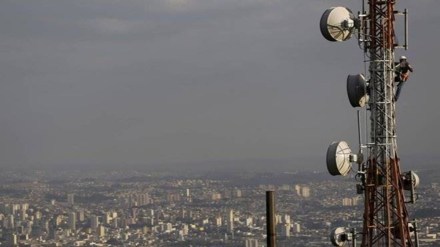The agreements between Bharti Airtel and Jio Platforms with Elon Musk’s SpaceX to market Starlink’s satellite Internet services in the country mark a watershed moment in the telecommunications landscape. The pacts indicate that telecom operators have finally acknowledged a crucial reality: Terrestrial mobile networks and satellite communications are not competitors but complementary technologies. Satellite and terrestrial services are quite dissimilar. While terrestrial networks can serve both hand-held and rooftop devices seamlessly, satellite services face significant hurdles when it comes to mobile devices, failing to match the functionality of their terrestrial counterparts. The only feasible overlap for satellite and terrestrial services lies in fixed wireless access (FWA) solutions (broadband services). Here also satellite providers face significant challenges compared to their terrestrial counterparts because their terminals are far more complex due to their need to track fast-moving satellites in low earth orbit, whereas cellular base transceiver stations (BTS) remain stationary.
Further, satellites operate at distances of 600 to 1,200 km away, while terrestrial BTS are at much shorter distances. Due to this, satellite broadband services offer lower data speeds than terrestrial networks. This also makes satellite terminals more expensive — the reason why such services are used worldwide where terrestrial networks are not available; for example, remote hilly regions, seas, forest, desert, etc. This is best reflected in the number of satellites and BTS. For instance, India alone has over 29 million base stations and 800,000 towers. In stark contrast, Starlink has only 7,000 satellites globally, with plans to expand to 40,000. The technical difference and constraints reflect in tariffs also. While mobile operators work on the model of high volumes and low average revenue per user (Arpu), it’s the other way round for satellite players. Starlink’s Arpu is about $100, which is much higher than the $10-15 that mobile operators charge for FWA services in India.
With Airtel and Jio entering into a pact with Starlink when both have their own satellite ventures, the task before the Telecom Regulatory Authority of India (Trai) becomes easy. The regulator is in the process of recommending an administrative allocation price for satellite spectrum, which aligns with global practices where satellite spectrum is not auctioned but shared among multiple operators. Jio and Bharti Airtel had previously lobbied for auction-based allocation, arguing for a level playing field. However, it’s expected that such noises will not be made and there won’t be any litigation.
Despite having their own satellite ventures, Bharti and Jio stand to gain by partnering Starlink. With spectrum being a shared resource, there are hardly any advantages or constraints vis-à-vis one another. Secondly, given the pricing of satellite broadband, its primary traction will be in the business-to-business segment rather than mass-market consumer adoption. Offshore oil rigs, maritime industries, remote enterprises, and defence applications would be the key target audience for satellite services. In this scenario, telcos have nothing to lose; rather, they gain an extended network capability that terrestrial solutions cannot provide. Thirdly, by retailing Starlink’s services and equipment the telcos get an exact idea of market demand and accordingly can plan putting their mobile towers to tap the general consumers in remote, inaccessible regions. With competitors joining hands, the ball shifts to the regulator’s court for a framework which supports synergies. The government, on its part, should look at deploying universal service obligation funds to subsidise operators to provide services to the masses in unconnected regions.
